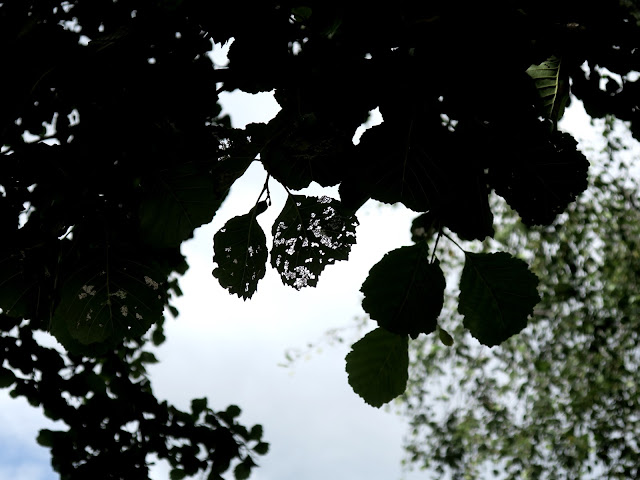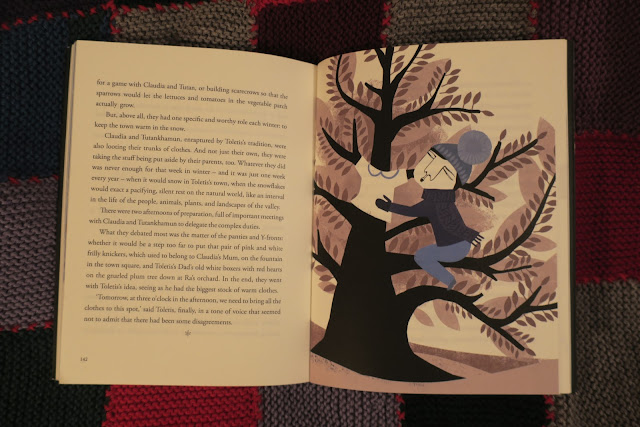After the awful slug devastation which eliminated every seed I sowed (bar three California poppies) I've given up on seeds and am depending on daffodils, two kinds of onions, one bed of shallots and a few remaining ornamental aliums. These reassure me that one day I'll have flowers on the table, pollinators on the allotment and food on my plate.
And now, apart from
1. Popping onion sets back in the ground because they've lifted themselves up on their roots like ballerinas on tip-toe
And now, apart from
1. Popping onion sets back in the ground because they've lifted themselves up on their roots like ballerinas on tip-toe
2. Popping onion sets back in the ground where they've been tugged out by birds
and
3. Working out what to do with the pile of old doors left roughly in the middle of the plot.
. . . I'm turning my attention to preparing the soil for spring.
and
3. Working out what to do with the pile of old doors left roughly in the middle of the plot.
. . . I'm turning my attention to preparing the soil for spring.
How come there's so much plantain? Whole raised beds of it! I'm fond of plantain (the ribwort version) and it looked rather good in flower. For a while I chopped off its leaves and fed them to the worms in my newly purchased compost bin; which worms are fed with bundles of vegetables bought specially in the supermarket, and leaves raked from under public trees in patches of grass between houses, and are kept warm by the clods of earth and grass I'm building up around the bin till I'm sure there's enough compost in there to insulate them from whatever coldness we have ahead. (Hopefully we'll have snow!)
I had anticipated plantain would be difficult to lift but the soil here is so fine, and the earth dries so rapidly, it simply falls away from the long thin tap roots as easily as it does from fine and feathery ones.
It's slow going though. At present it takes about two hours to do a basic fork through of an overgrown bed. After that I go back and back again to rake out the multitude of root fibres which get left behind. There are moments when I think the very earth is nothing but a collection of fine roots. Constantly I'm thankful there is neither nettle nor bindweed.
How to do it? At present I'm making it up as I go along. Mostly I take a fork and slide it a few inches under the plants and lever them a bit so the roots are loosened and the bed has been turned into a grid of eight inch squares. Then I go back and turn them leaf-side-up and shake them about a bit on the end of the fork so the earth falls out. If all the earth falls away I toss the plant onto the next bed along. If it doesn't, I make a pile for later. Maybe the piles will dry out and the earth will trickle from even from the most densely packed roots. If it rains, maybe it will be washed down to the bottom of the pile and thus, back onto the bed. We will see. What seems incredibly important at present is not to remove too much soil along with the 'weeds'!
As for worms, each time I come across one I get excited. Being excited to see a worm may seem a little over-the-top but I have it in my head that
presence-of-worms = healthy soil
and I don't come across many.
(Gosh, what a narrow life I lead!)
It was a beautiful worm - about ten inches long - clean and glistening. But by the time I'd got my camera out of its bag it was on its way back into the soil. Right. Grab fork and try gently to lever it out on a prong. Did it want to come? Pull, pull. Gently, gently. No. And by the time I'd got it back onto the surface all its clean-ness was ruined. Instead of smooth and glistening, it was muddied with earthy blobs. Bother.
But oh! It's much shorter than I thought. Worms do that. They shrink and stretch, shrink and stretch. But wait! Another worm. Not very animated. Not so beautiful. The first worm starts to slither away, elongating slightly. The other worm does nothing. Dilemma. Did I see one worm stretched long? Or two worms joined together. Oh! Um. What is the sex life life of a worm?
I knew nothing.
I'm always wary about putting information into Loose and Leafy. What if someone were to search for something like 'How do worms copulate?' and Google sent them here - and I'd got it wrong? So I'm going to say as little as I can and warn anyone who comes here that I might not be 'getting it right' - for it seems rather remarkable. (There will be links at the bottom for more scientific explanations.)
What seems to happen is that worms nestle their heads together and exchange semen through their necks (they are hermaphrodites). The eggs (three or four of them) form in a sack / cocoon which hardens so the worm is able to wriggle backwards until it until it sort of comes off its head. Then the eggs hatch in the soil. Sometimes the worm eats the sack instead and ventures forth to excrete it in a place where the worm babies will have a good supply of food.
The only thing I'll add to this explanation is that I'm mightily relieved to discover that the coloured bulges around some worms indicate sexual maturity, not, as I'd previously thought, some kind of parasite.
So . . . the worm I first saw (photographed) is quite long but probably not as long as it might have been if it hadn't been neck to neck with its less than lively friend. An interesting point to ponder. If you were having an intimate moment with someone and a whacking great fork came through your ceiling - would you be the one to lithely and blithely slither away or would you be the one to freeze into an awkward and angry sulk?
Links:
In which you'll find out why worm-tunnels don't cave in and why my worm started clean even though it was in the earth . . and how worms walk along . . and what their brains are made of . . .
Worm Anatomy - on Wormwatch (Canada)
How do Red Wriggler Worms Reproduce? - on WormLady.Com (Washington State)
Earthworm numbers dwindle, threatening soil health. - on Made for Minds (Germany)
Do Earthworms Have a Head? (etc.) - on Welcome Wildlife (Kansas)
Earthworm ID Tools - Earthworm Society of Britain (You can download an Earthworm Recorders Handbook.)
Earthworm Glossary prepared by the University of British Columbia (It downloads as a PDF)
Citizen Science Worm Project with the Natural History Museum (UK) (How to take part in the project)
Wormwatch (Canada)
You can follow the NHM Earthworm Watch on Twitter
PS . . . an indelicate question which someone may be able to answer. If an earthworm is ready to mate when its lumpy coloured band (clitellum) is orange and this worm's clitellum is red . . . did it 'work'?
Links:
In which you'll find out why worm-tunnels don't cave in and why my worm started clean even though it was in the earth . . and how worms walk along . . and what their brains are made of . . .
Worm Anatomy - on Wormwatch (Canada)
How do Red Wriggler Worms Reproduce? - on WormLady.Com (Washington State)
Earthworm numbers dwindle, threatening soil health. - on Made for Minds (Germany)
Do Earthworms Have a Head? (etc.) - on Welcome Wildlife (Kansas)
Earthworm ID Tools - Earthworm Society of Britain (You can download an Earthworm Recorders Handbook.)
Earthworm Glossary prepared by the University of British Columbia (It downloads as a PDF)
Citizen Science Worm Project with the Natural History Museum (UK) (How to take part in the project)
Wormwatch (Canada)
You can follow the NHM Earthworm Watch on Twitter
PS . . . an indelicate question which someone may be able to answer. If an earthworm is ready to mate when its lumpy coloured band (clitellum) is orange and this worm's clitellum is red . . . did it 'work'?













